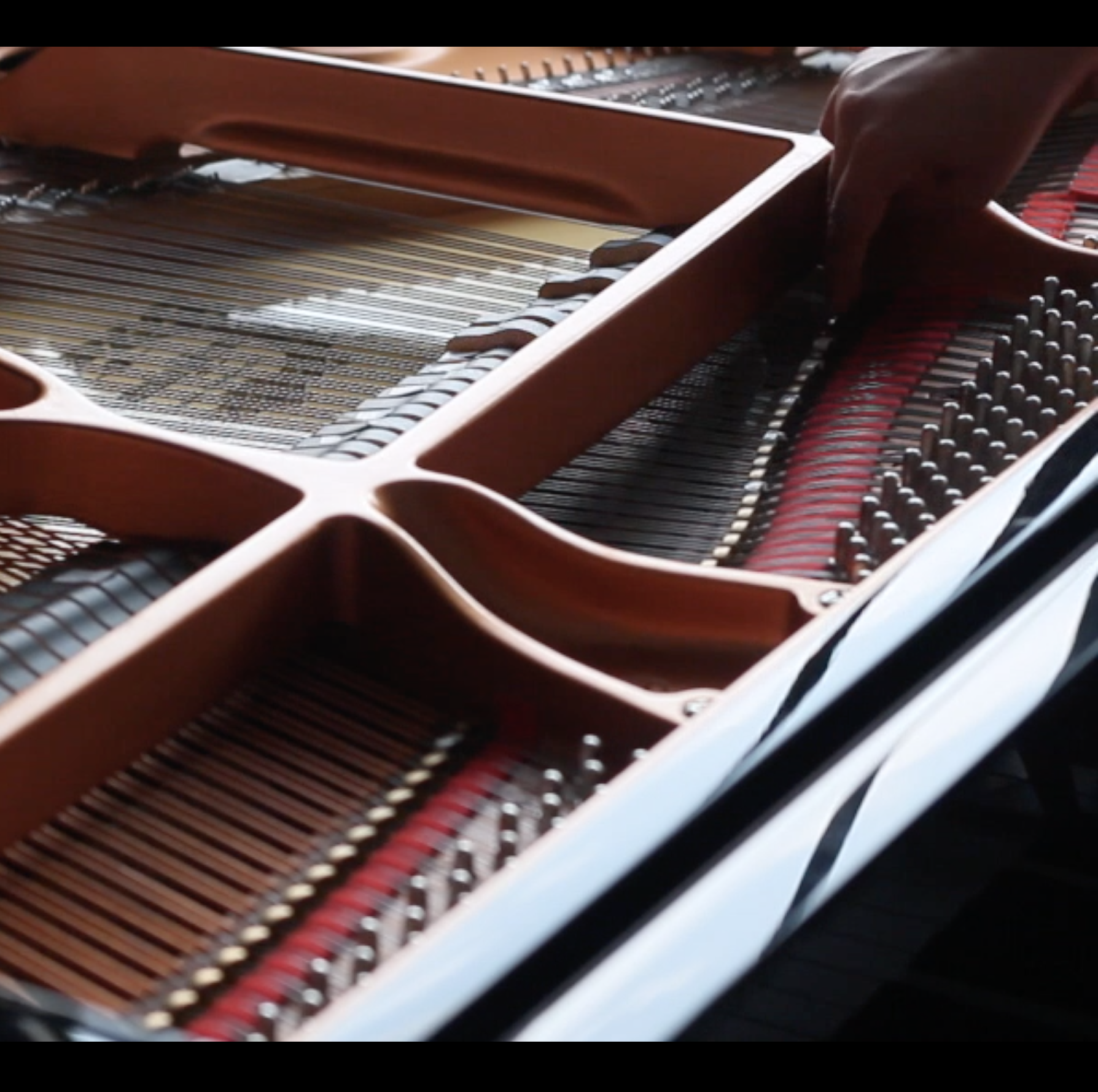

As a conclusion, (CH-SN-N) film is recommended for blueberry preservation to prolong the shelf-life during storage.

It could be observed that the size of the total region of the fruit for the (CH) case was the smallest (1663 pixels), which implied that the fruit lost moisture content.

The (CH-SN-N) film presented the best result at 5.19%. It was observed that (CH) film extracted 94 regions with an average size of 449.10, at the same time (CH-SN) film extracted 169 regions with an average size of 130.53. The coated blueberries with Chitosan/Silica Nanoparticle/N films reported the lowest microbial contamination counts at 2.82 log CFU/g followed by Chitosan/Silica Nanoparticle at 3.73 and 3.58 log CFU/g for the aerobic bacteria, molds, and yeasts population, respectively. The use of nano-materials in chitosan films decreased the material ductility, reduced the tensile strength and elongation-at-break of the membrane. The content of the insoluble matter and contact angle were the highest for the Chitosan/Silica Nanoparticle (CH-SN) film at 5.68%. The result shows that the pH value was increased gradually with the addition of nisin to 4.12, while the turbidity was the highest at 0.39. Chitosan/Silica Nanoparticle/N (CH-SN-N) films presented a stable suspension as the surface loads (45.9 mV) and the distribution was considered broad (0.62). In the current work, the characterization of novel chitosan/silica nanoparticle/nisin films with the addition of nisin as an antimicrobial technique for blueberry preservation during storage is investigated.


 0 kommentar(er)
0 kommentar(er)
